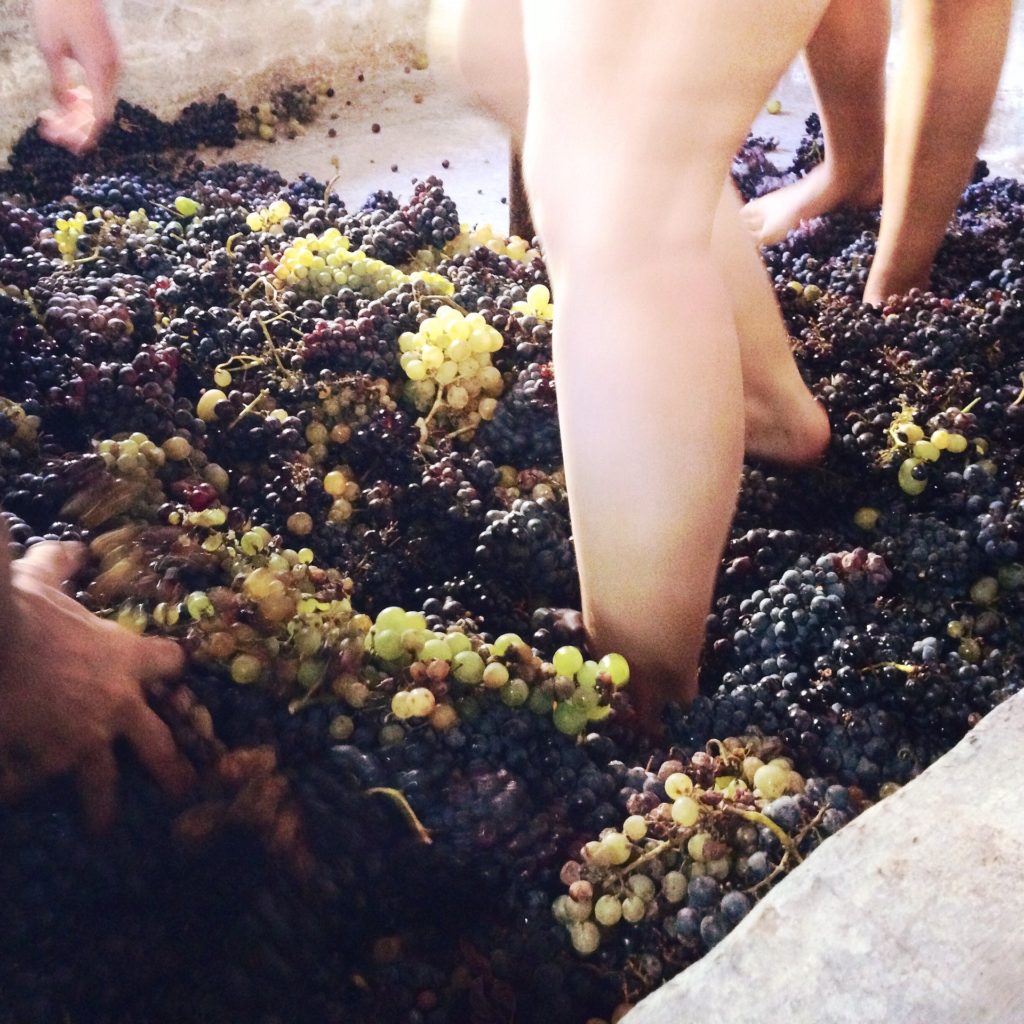How Wine Is Made: Step by Step
In this article, you will learn how to make grapes into red or white wine.
(step by step)
Let’s dive right in:
Step #1: Harvesting
Step #2: Sorting and Destemming
Step #3: Crushing and Pressing
Step #4: Fermentation
Step #5: Clarification
Step #6: Aging and Botting
Step #1 Harvesting
Grapes come in many varieties depending on the climate and soil. The more famous ones are chardonnay, sauvignon blanc, pinot noir, Riesling and so on.
Because grapes contain essential acids, esters, and tannins, they have always been the only fruit to make a naturally stable wine.
The acidity, sweetness, and flavor of the grapes determine when the grapes should be picked. Of course, the weather is also very important.
Picking is divided into manual picking and machine picking. Manual picking for smaller vineyards requires a lot of manpower, while machine picking for larger vineyards saves manpower and improves efficiency.

Many wineries harvest both during the day and at night, in order to harvest as soon as possible, and at night the temperature is lower, which can stabilize the sugar level of grapes.
Step #2 Sorting and Destemming
When the grapes are shipped back to the winery, they are usually sorted for the quality of the wine by hand. Get rid of the rotten, shriveled grapes and leave the plump, good ones.
The selected grapes are then fed into a machine to remove their stems. This step is usually done with the press.


Step #3 Crushing and Pressing
In the past, many wineries used to press grapes with their feet, which was very unsanitary. Now, the press has basically replaced human labor.

The press not only saves time and cleanness but also extends the shelf life of wine and improves its quality.
For white wines, the pressing process is very quick, leaving only the grape juice, separating the skins, seeds, and solids to prevent unwanted colors and tannins from getting into the wine.
In red wine, by contrast, the skin, seeds, and solids are left in the crushed grape juice for color and
tannins in order to give the wine its flavor.

Step #4 Fermentation
The fermentation of wine is the conversion of sugars from grapes into alcohol and carbon dioxide.
The wine begins to ferment in the presence of airborne yeast for 6 to 12 hours, but it is now artificially added to control the fermentation process to achieve the desired flavor.
To keep the wine sweet, the winemaker can also artificially prevent fermentation by controlling the temperature.
White wines ferment at 12℃ to 22℃ and red wines at 20℃ to 32℃.
During the fermentation of red wine, the carbon dioxide produced will put the grape skins on top of the wine liquor.
At this time, the winemaker needs to do a dipping operation to make the grape skins fully contact with the wine to obtain the color and tannins of the grape skins.
This process needs to be repeated several times a day.
Because of the popularity of stainless steel fermenters and the high price of oak barrels, some winemakers add oak blocks or oak chips to the fermentation process to give the wine a distinctive oak flavor.
In the case of red wine, after the fermentation is complete, it needs to be pressed again to separate the wine and grape skins.

Step #5 Clarification
After fermentation, the wine can be further clarified in another stainless steel fermenter or transferred to an oak barrel.
Fining: In addition to natural precipitation, the winemaker adds an adsorbent to the wine that traps unwanted particles and sinks them to the bottom of the tank.
Filtration: Winemakers can also use filters to remove some of the larger particles.
Step #6 Aging and Bottling
Aging: Wine can be bottled immediately after clarification or can be aged in bottles, stainless steel tanks or oak casks for a smoother, rounder and more vanilla flavored taste.

Bottling: Depending on your taste, wines can be bottled with a cork or a screw cap.


